I arrived to Phnom Penh on the last flight that evening. The airport was almost completely in dark and all the stores were closed. At the visa-on-arrival counter, I stood before the Visa Boss. He was the officer-in-charge and the last official person around. He took my $50 bill, looked at it for a brief moment and said: “Not new. Reject!“. I was left there with ~20 other people who had the same problem. The Visa Boss got up, and as he approached the light switch, he just shouted: ‘You all, try again tomorrow!”. And just like that, it was lights out on million dollar demo in Cambodia.
The “Bento Style”
If you read my other articles, you saw that I like to start by looking at the history. It’s a part of my bento writing approach.
Bento is a Japanese lunch box that contains a single portion of a balanced meal – everything you need to stay healthy. Following this approach, I try to create content bento boxes packed with information you want to know before you travel: business, history, culture and personal experiences.


Familiarizing myself with the past, helps me better understand the culture and the business context in each country.
Tu understand the present and anticipate the future, one must know enough of the past, enough to have a sense of the history of a people.
Lee Kuan Yew, First Prime Minister of Singapore
Cambodia Through History
Not many countries in Southeast Asia have a more striking early history than Cambodia. Beautiful temples in Angkor, built between 9th and 14th century, today stand as a testament of wealth, creativity and power of Khmer people. However, Cambodia has a tragic recent history, which sets it apart from its neighbors. It was during the dark period of the Khmer Rouge rule.
Early Kingdoms (1st–9th centuries)
Funan Kingdom, was one of the earliest Southeast Asian states that emerged in the 1st century. Situated along vital trade routes, Funan grew through maritime commerce, connecting the Indian subcontinent and China. It was a place of coexistence for Hinduism and Buddhism – two major religions of that region in that time. Funan society spread across today’s southern Myanmar, Thailand, Cambodia and southern Vietnam.
The Chenla Kingdom followed, succeeding Funan and furthering the region’s cultural and political evolution. This period witnessed the blending of Hindu and Buddhist traditions, laying the foundation for the Khmer culture that would characterize later centuries.
Khmer Empire: The Angkor Period (9th–15th centuries)
The crowning glory of ancient Cambodia emerged during the Khmer Empire’s Angkor period. Under rulers like Jayavarman II and his successors, the Khmer Empire reached its zenith between the 9th and 15th centuries. Angkor, the capital city, became a a center of power, prosperity, and architectural brilliance.
The iconic temples of Angkor, including the monumental Angkor Wat, testify to the empire’s grandeur. The The temple is dedicated to the Hindu god Vishnu and stands as one of the largest religious monuments globally. It contains intricate bas-reliefs, beautiful carvings, and an advanced hydraulic system.
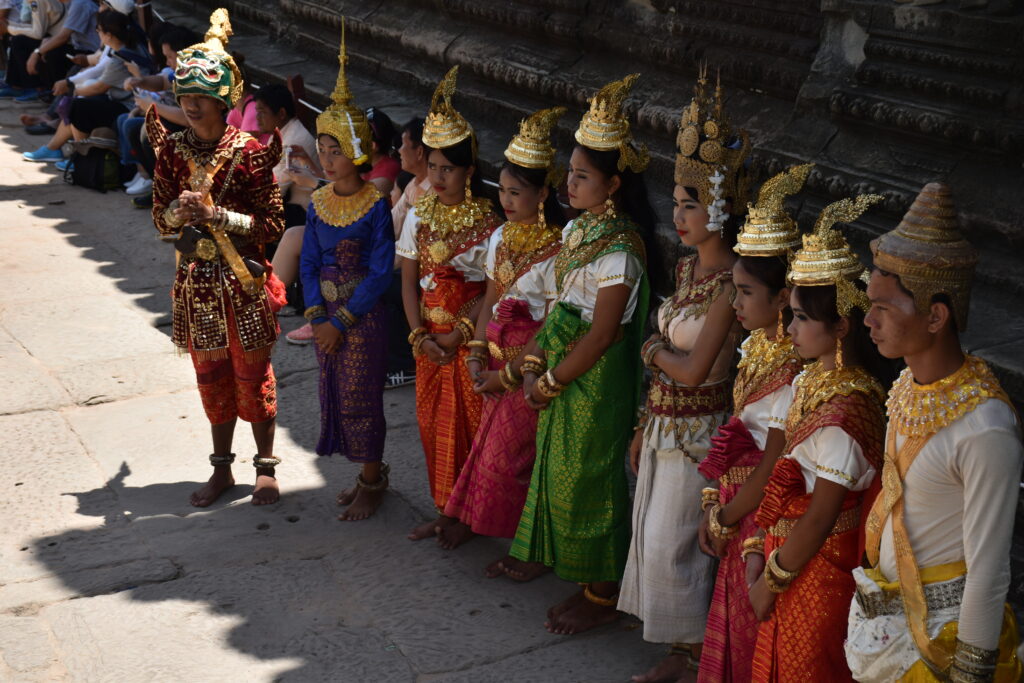
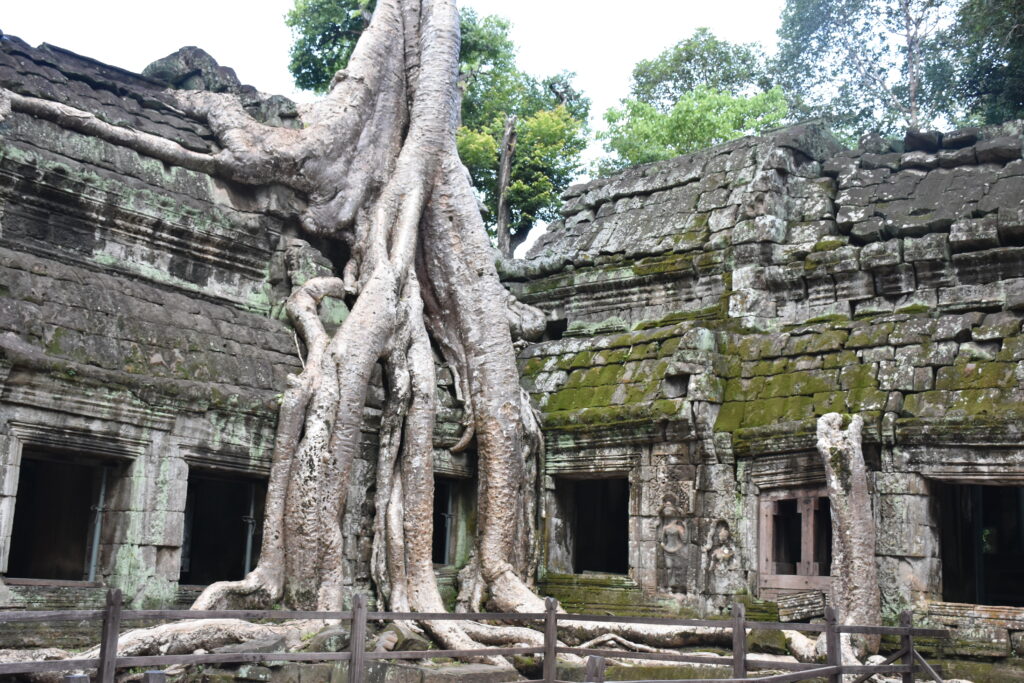
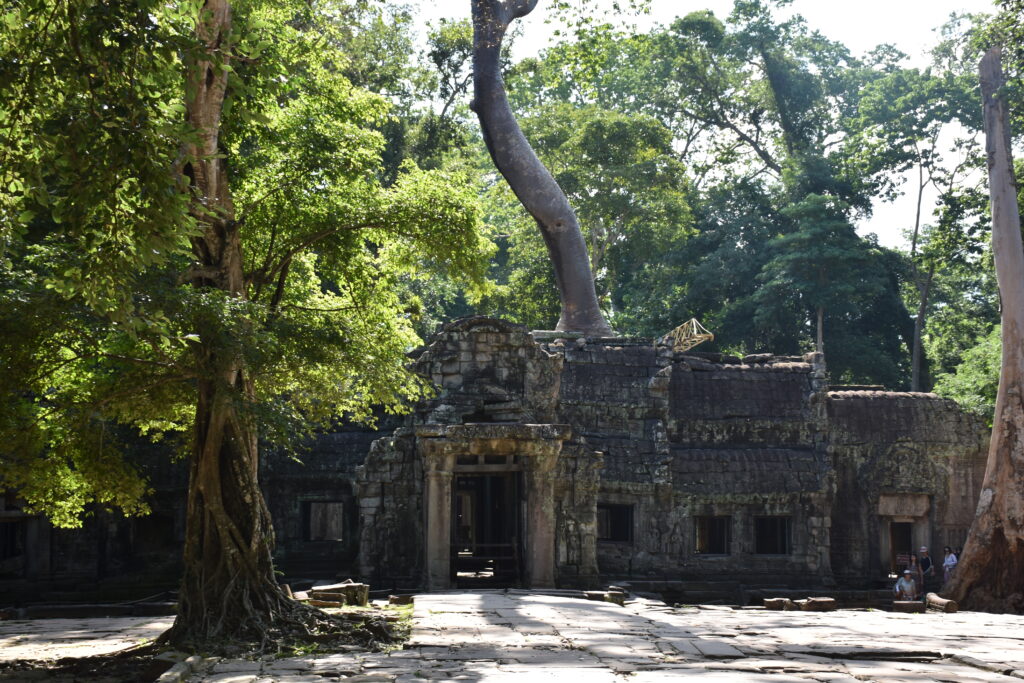
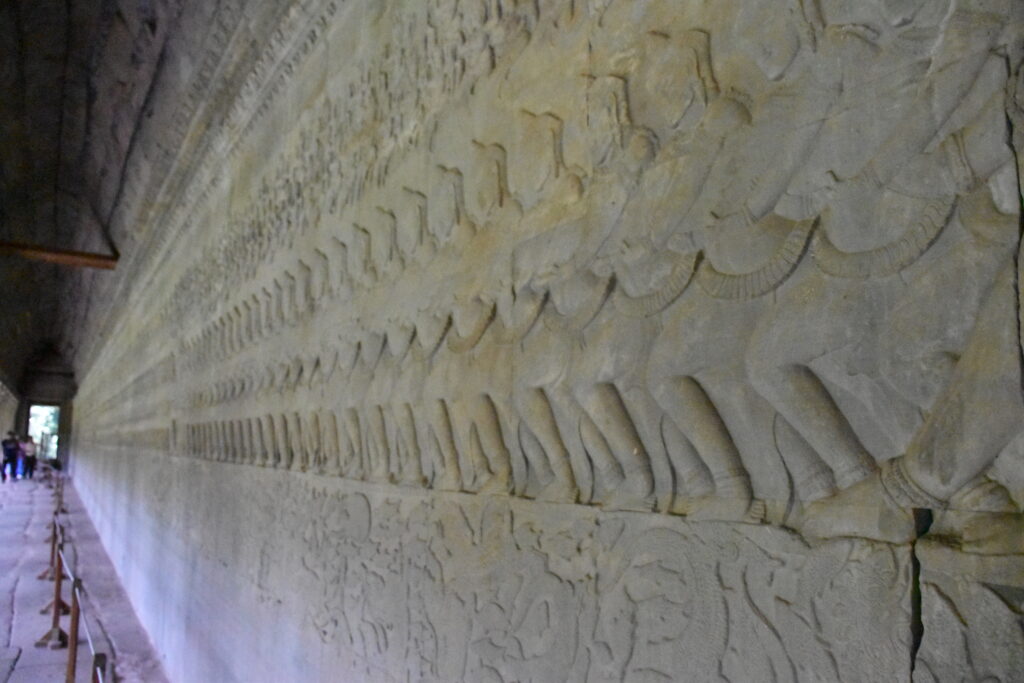
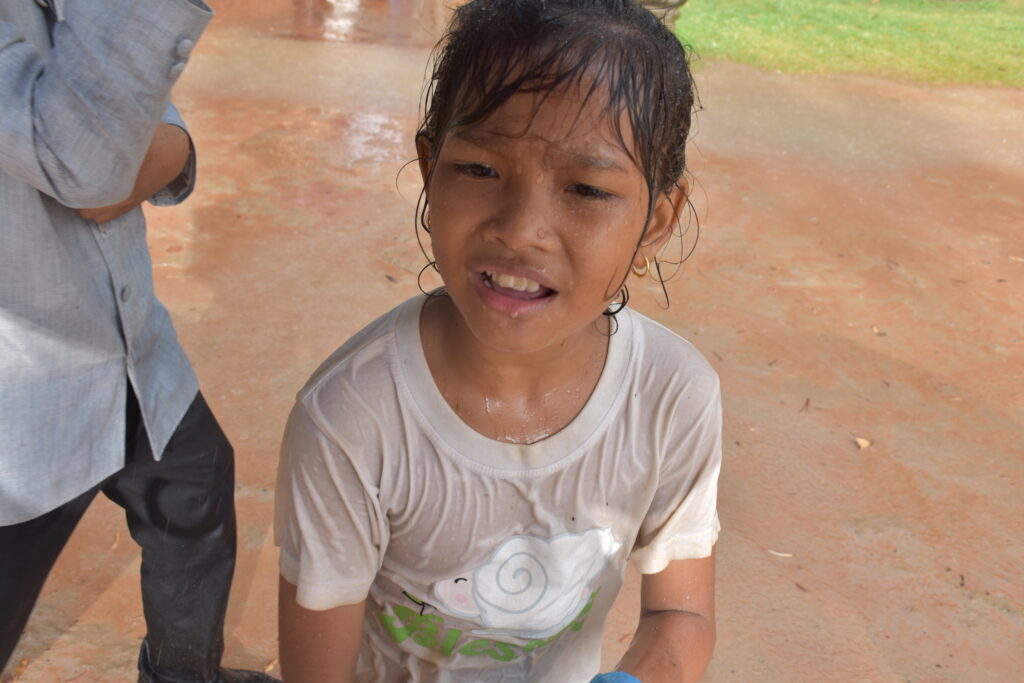
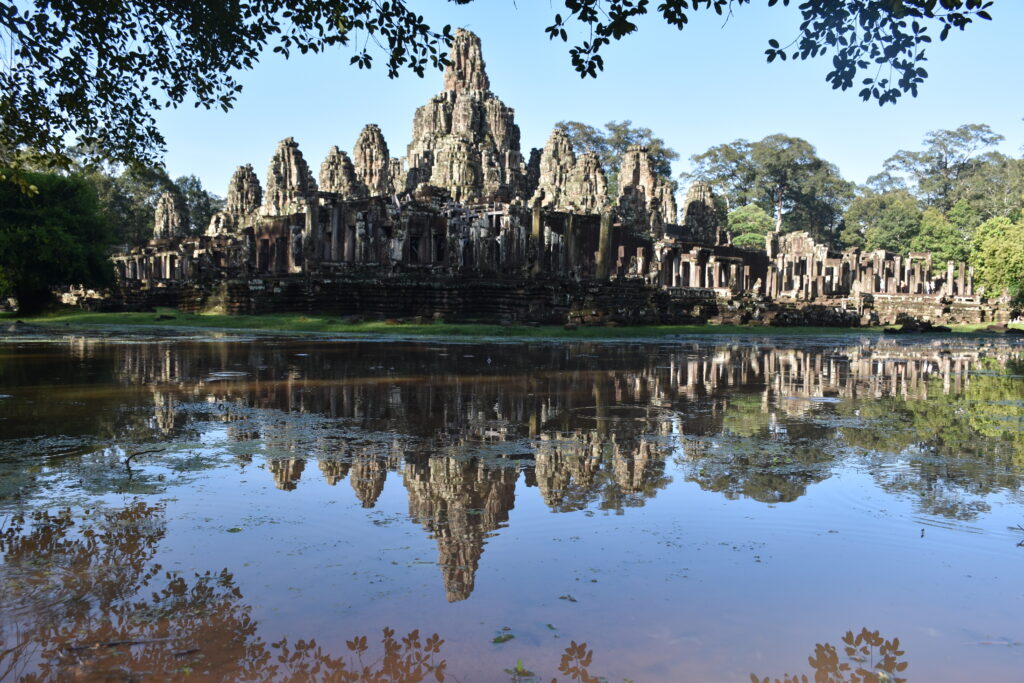
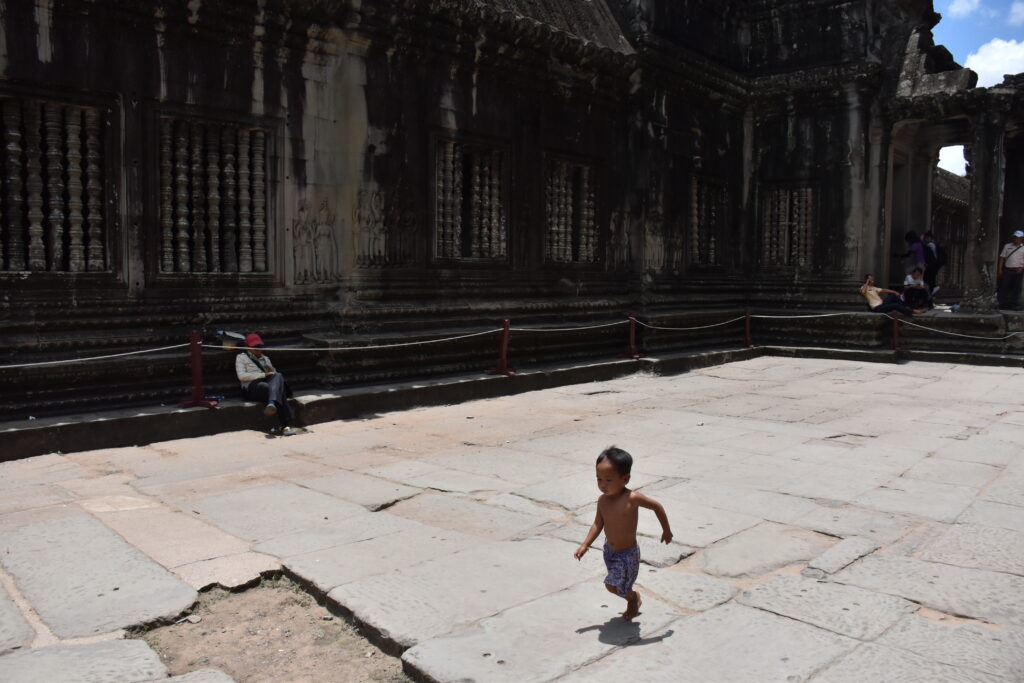
Interesting facts about Angkor Wat:
- Largest Religious Monument: Angkor Wat is the largest religious monument in the world. Built in the early 12th century during the reign of King Suryavarman II, the temple complex covers an area of approximately 162.6 hectares (1.6 square kilometers).
- Alignment with Cosmic Symbolism: One of the most fascinating aspects of Angkor Wat’s design is its alignment with cosmic symbolism. The temple’s layout reflects the Hindu cosmology, with its central tower representing Mount Meru, the mythical abode of the gods. The five towers of Angkor Wat symbolize the peaks of Mount Meru, and the moat surrounding the temple represents the cosmic ocean.
Decline and Siamese Dominance (15th–19th centuries):
Fall of Angkor (15th century): The capital, Angkor, was abandoned, possibly due to environmental factors, leading to the decline of the Khmer Empire.
Ayutthaya Influence: Cambodia became a vassal state to the Ayutthaya Kingdom (modern-day Thailand) and later the Vietnamese.
Colonial Period (19th–20th centuries):
French Colonization: Cambodia became a French protectorate in the 19th century, part of French Indochina, along with Vietnam and Laos.
World War II and Post-Independence (20th century):
World War II (1940-1945): During World War II, Cambodia saw a gradual rise of nationalist sentiments in the 1940s among a limited number of intellectuals associated with institutions like the Buddhist Institute, Phnom Penh’s French-language high school, and the Khmer newspaper Nagara Vatta. The return of north-western provinces to Thailand under Japanese influence in 1940 led to outrage, but French agreements with the Japanese maintained control over Indochina, suppressing nationalist movements.
The 1943 Romanisation controversy, attempting to replace Cambodia’s traditional script with a Roman alphabet, faced resistance. Japan prompted King Norodom Sihanouk to declare Cambodia “independent” in 1945, yet the lack of a unified vision among Cambodia’s elites hindered decisive steps. Unlike Vietnam and Indonesia, Cambodia did not experience a mass anti-colonial movement at the war’s end.
Independence (1953): After nearly a century of French colonial rule as part of French Indochina, Cambodia, led by King Norodom Sihanouk, successfully negotiated its way to sovereignty. King Norodom Sihanouk’s diplomatic efforts, including negotiations with France and engagement with the United Nations, culminated in the recognition of Cambodia as an independent and sovereign state.
Vietnam War and Khmer Republic (1970–1975): Political instability and involvement in the Vietnam War led to the establishment of the Khmer Republic.
Khmer Rouge Regime (1975–1979): The Khmer Rouge, led by the infamous Pol Pot, governed Cambodia from 1975 to 1979, leaving an indelible mark on the country’s history as one of the darkest chapters in modern times. Upon seizing power, Pol Pot aimed to transform Cambodia into an agrarian, communist utopia by forcibly evacuating urban areas and dismantling societal structures. The radical policies resulted in mass atrocities, including widespread executions, forced labor, and the infamous Killing Fields, where countless Cambodians died.
The Khmer Rouge sought to erase urban influences, intellectualism, and perceived class distinctions, leading to the devastation of the country’s social fabric and infrastructure. The scale of the brutality under Pol Pot’s rule was staggering, with estimates suggesting that nearly 1.7 million people, roughly a quarter of Cambodia’s population, lost their lives due to execution, starvation, or disease. Vietnam eventually intervened in 1979, overthrowing the regime.
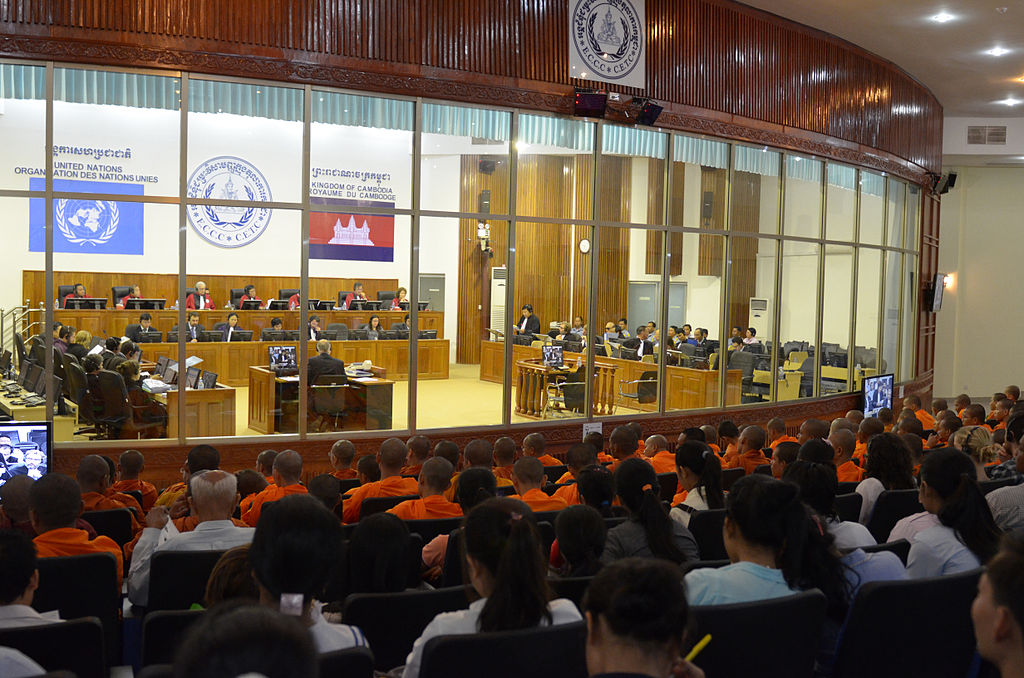
If you want to learn more about Pol Pot, I recommend listening to Noiser’s podcast The Real Dictators. Link2 in the footnotes.
Vietnamese Occupation (1979–1989): Vietnam intervened, overthrowing the Khmer Rouge and occupying Cambodia.
UN Transitional Authority (1991–1993): The United Nations oversaw the transition to a multiparty democracy through United Nations Transitional Authority in Cambodia (UNTAC). It was a United Nations peacekeeping mission established to oversee the implementation of the Paris Peace Agreements in Cambodia. UNTAC operated in Cambodia from 1992 to 1993, during a critical transitional period in the country’s history.
Contemporary Cambodia (Late 20th century–present):
Royal Restoration (1993): In 1993, Cambodia held democratic elections, and the monarchy was restored, leading to the establishment of the Kingdom of Cambodia as a constitutional monarchy. The withdrawal of UNTAC marked the formal restoration of Cambodia’s control over its internal affairs.
Economic Growth: Cambodia experienced economic growth, driven by agriculture, tourism, and textiles. Here are some quick facts which you should know.
Economy: Cambodia’s economy has experienced steady growth, with a focus on textile and garment manufacturing, agriculture, and tourism. The construction sector has also been a significant contributor to economic development.
Population: Cambodia has a population of around 17.1 million people, with a predominantly young demographic. Population is steadily increasing but the growth is flattening and is currently at 1.04%. The biggest decrease of -3.32% occurred in 1978 during the Khmer Rouge rule3.
Religion: Theravada Buddhism is the dominant religion in Cambodia, influencing cultural practices, traditions, and daily life. The majority of the population adheres to this form of Buddhism.
GDP: Cambodia’s Gross Domestic Product (GDP) has grown in recent years, with an outlier in 2020 when it went into a steep decline: -3.21% negative growth. In 2022, which is the last time they released their numbers, their economy grew by 5.2%4 and GDP per capita was $1488.815.
Industry: The garment and textile industry is a cornerstone of Cambodia’s industrial sector, making up a substantial portion of its exports. Agriculture, particularly rice cultivation, is another vital industry supporting the livelihoods of many Cambodians. Finally, tourism is steadily growing and becoming crucial component of Cambodian economy.
IT and Hi-Tech: Cambodia’s information technology sector is emerging, with a growing focus on digital innovation and startups. The government has been working to promote a digital economy, and there is increasing interest in technology and hi-tech ventures.
Currency: The official currency of Cambodia is the Cambodian Riel (KHR). However, the United States Dollar (USD) is widely accepted and used alongside the Riel, especially in urban areas and for larger transactions.
Traveling to Phnom Penh
Fast forward to 2017 and how the lights went out on a million dollar demo. As a Sales Engineer (a.k.a. Presales) in the tech industry, I was used to presenting and demoing products to customers across my region.
if you would like to learn more about the Presale – who they are and what they do, please check out this youtube6 video .
When you travel frequently, you develop these small habits which help you stay organized. For example, always have some amount of US $ on you, carry a bag which has a safe and accessible compartment for your passport, always carry several ID photos with you (for visas) etc. Having all that and some more, I was prepared for the meeting with every item checked off my Phnom Penh travel checklist. The evening flight from Singapore landed in late hours.
The Visa Boss
The airport was almost completely in dark and all the stores were closed. At the visa-on-arrival counter, where we had to pay for our visas, I stood before the Visa Boss. He was the officer-in-charge and the last official person around. He took my $50 bill, looked at it for a brief moment and said: “Not new. Reject!“. I was left there with ~20 other people who had the same problem. The Visa Boss got up, and as he approached the light switch, he just shouted: ‘You all, try again tomorrow!”. And just like that, it was lights out on million dollar demo in Cambodia for me. And although the demo did not actually cost a million dollars, I felt I would lose way more if I don’t make it to that meeting tomorrow.
People were looking at each other. Some started joking, some were freaking out. I felt unease because the airport was closed and there was no way in or out until tomorrow. But more importantly, tomorrow morning I had the ever-so-important demo and I didn’t want to miss this opportunity. But there was one thing I knew and that was: shouting and arrogance will not get us out of this mess. So I was just observing as the loudest of us took it out on the Visa Boss, as he elegantly ignored them with a self-satisfying smirk. At some point, he started yelling back at the passengers, so the situation started to escalate.
All that time, the Visa Boss was walking down the hallway until eventually he disappeared behind a closed door.
Problem With the Bill
The next thirty minutes were intense. So let me explain what got us into this mess in the first place.
Cambodia uses two currencies for payments: the US dollar and Khmer Riel. While the Khmer Riel is the local currency, the US Dollar is mostly used in Cambodia. It’s so widely used, that you could draw USD at almost any ATM. However, I wasn’t aware was that there were certain requirements for the dollar bills.
Vendors in Cambodia prefer crispy new bills. Bills may be rejected if they have marks or are too warn, or have tears, even the slightest tear.
My bill had no tears, but it was not brand new and it had the folding mark in the middle, which was enough for the Visa Boss to reject it. In the eyes of the Visa Boss, every one of us there had some problem with the bill, but it was entirely up to him to reject or accept it. Lights were still off in Cambodia for us, and we were getting more nervous with every passing minute.
Ray of Hope
Finally, after about twenty minutes, some other official appeared in front of us. Few of us started talking to him in a calm and non-conflicting manner. We explained that we were not aware of the crisp-bill rule and he kept saying that he understands, but that it’s not his decision. For me this was a good sign, a ray of hope. A mediator was sent to calm the situation down, so that the Visa Boss can return without losing his face.
Shortly after that, the Visa Boss reappeared and, with after some more drama, started accepting our money. Finally, we got our visas and we could get back to our business.
The Rise of Phnom Penh
My first trip to Phnom Penh was back in 2015, and wow, has the city transformed since then! Back in the day, you would be cruising on a smooth road one moment, and the next, you find yourself on a bumpy dirt track full of surprises. There was this flashy casino that caught my eye (had to check it out, obviously!), surrounded by big roads and greenery, but a quick turn, and you’re on dirt roads again. On my maiden voyage, the wife tagged along, exploring the city while I did the meetings. Somehow, she felt an instant connection with the place, despite knowing expat life there could be a challenge (for instance, the best supermarket had a very limited offering of Western groceries).
Fast forward, and Phnom Penh has undergone a crazy glow-up, developing like mad. It grew into a hotspot for property yields in Southeast Asia now.7 There was one experience which stood out from the rest. Our partner took us to a North Korean restaurant, which had unique and fun vibe. Since all the employees were from North Korea, so just imagine how interesting it was talking to them. I might write about it in one of my future posts!
One of my favorite hangouts in the city was the Foreign Correspondents Club (FCC), a cool bar and restaurant perched right on the Tonle Sap river. Unfortunately, the FCC closed its doors a few years back, supposedly for renovations and it hasn’t swung back open yet. I’m keeping my fingers crossed for its return; that spot had unbeatable atmosphere.
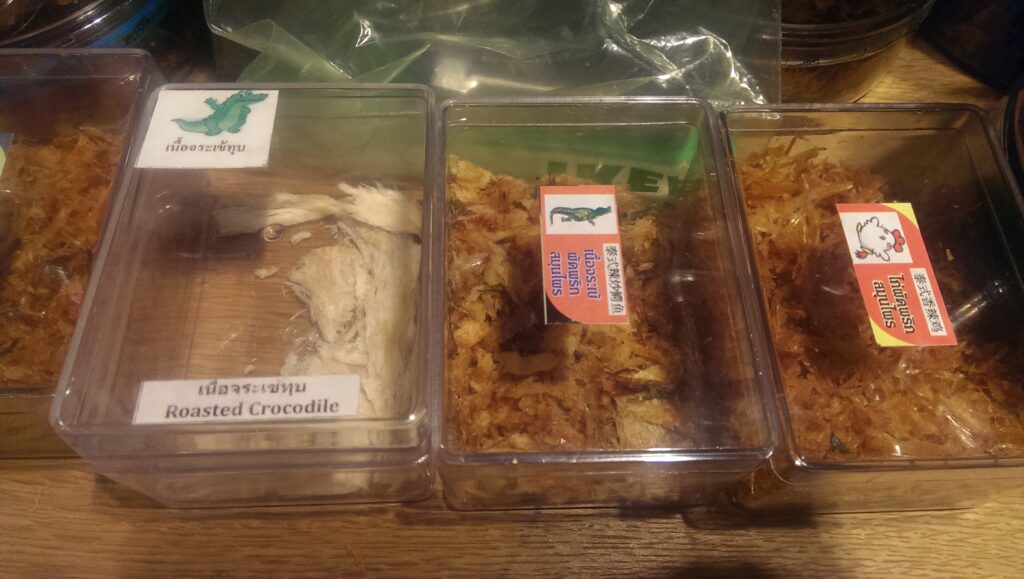
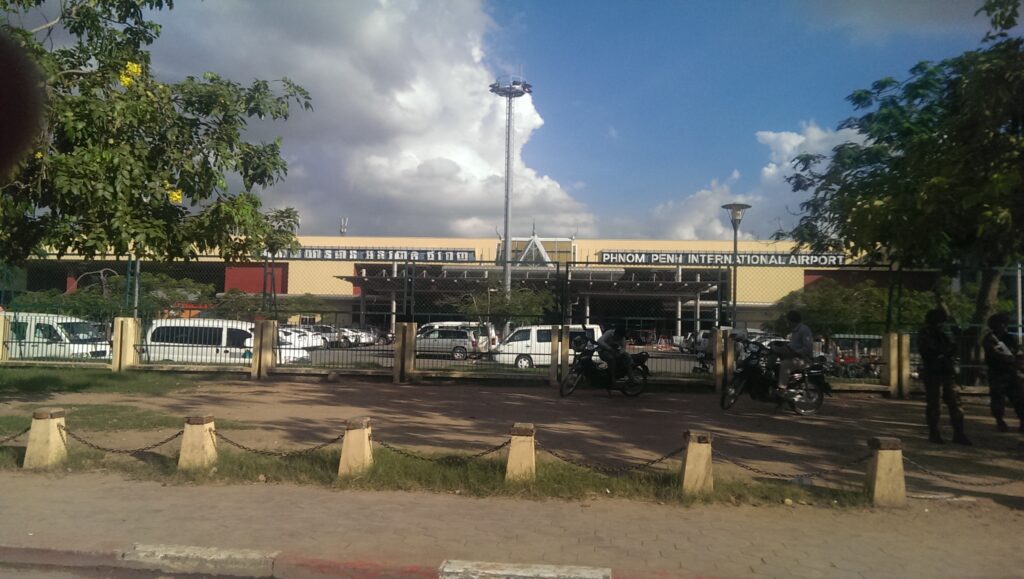
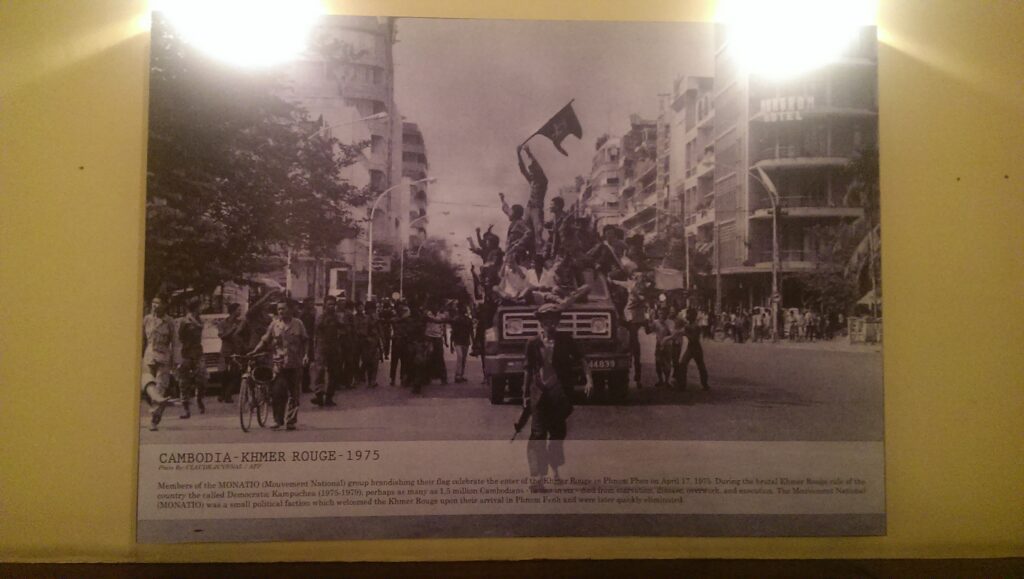
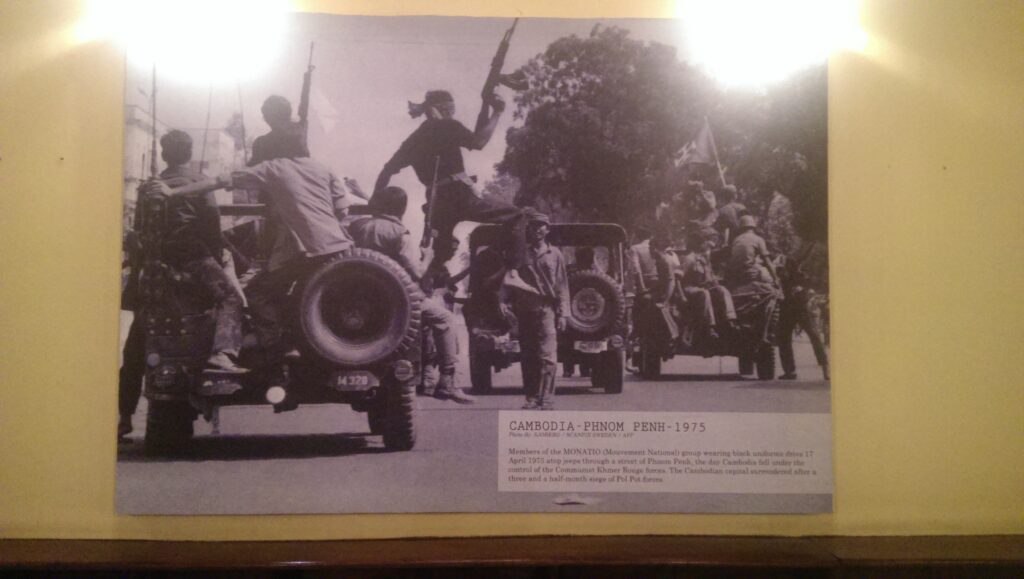
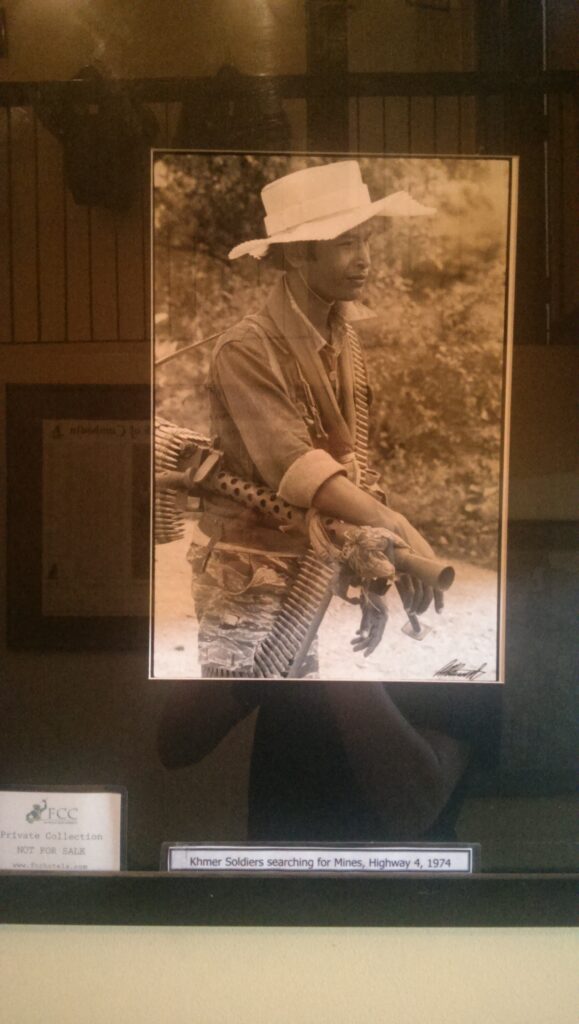
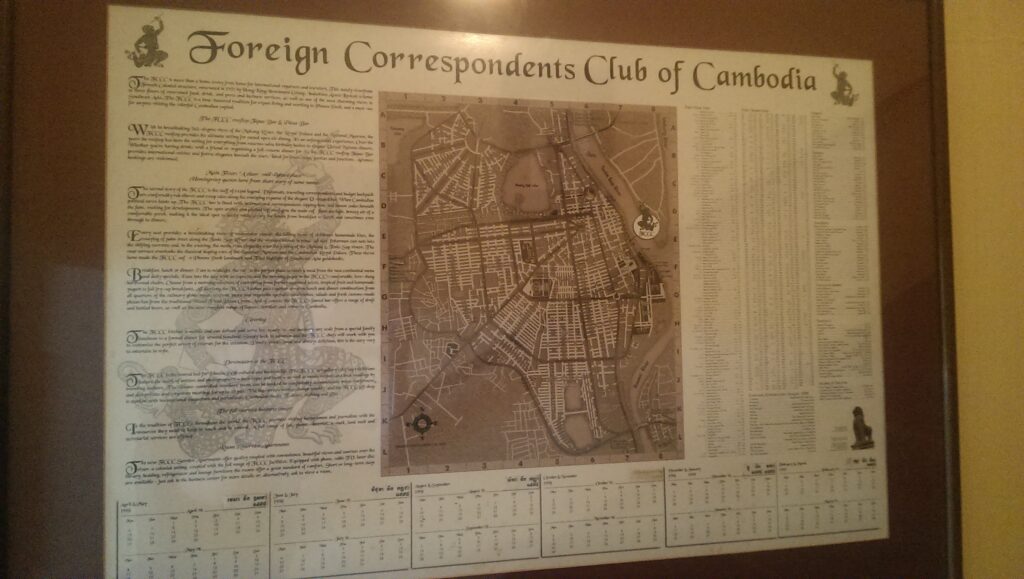
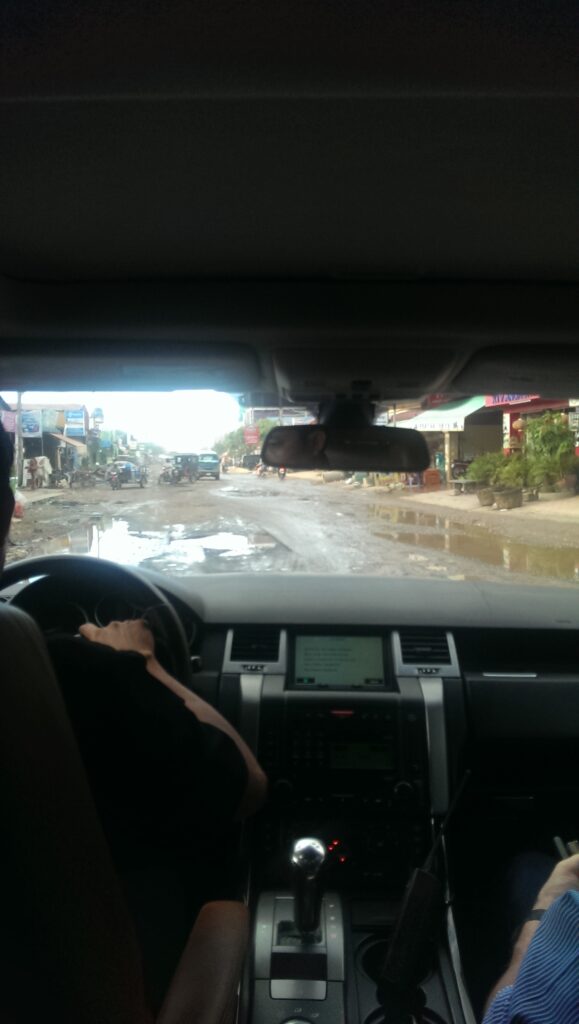
The First Meeting Wasn’t a Home Run
It’s the meeting day. I enter the meeting room, ready to demo our product, and there he was—the technical lead, throwing tougher questions my way than a Silicon Valley pop quiz. Now, to be honest — this first meeting wasn’t a home run. We didn’t resolve every open question right then and there. Building trust in the tech business is a marathon, not a sprint. It took more time, efforts and resilience to eventually secure the project.
Outside of the meeting room, our partners, were the undisputed MVPs of hospitality,. They greeted us with the warmth and flair you’d expect from a Cambodian soirée. From local delights to tips and tricks for getting around Phnom Penh, they didn’t just make us comfortable; they made us feel like we’d stumbled upon an oasis in the heart of the Kingdom. I guess they felt the sincerity in our approach and trusted us to deliver on our promise. The personal connection makes a world of difference in Asia.
Final Words
The visa snag at Phnom Penh airport over worn bills just highlighted the importance of understanding local nuances when traveling in Southeast Asia. This trip taught me few lessons. Number one – always carry fresh, brand new US dollar bills. Number two – whether you’re debating an immigration officer or a tough customer – never lose your cool. Don’t be judgemental and try to look at things from their point of view (carrot > stick).
- https://commons.wikimedia.org/wiki/Category:Extraordinary_Chambers_in_the_Courts_of_Cambodia ↩︎
- https://podcasts.apple.com/au/podcast/pol-pot-part-1-tyrant-in-the-shadows/id1516194847?i=1000566618828 ↩︎
- https://www.worlddata.info/asia/cambodia/populationgrowth.php ↩︎
- https://data.worldbank.org/indicator/NY.GDP.MKTP.KD.ZG?locations=KH ↩︎
- https://tradingeconomics.com/cambodia/gdp ↩︎
- https://www.youtube.com/watch?v=IT8tFBs8j04 ↩︎
- https://www.investasian.com/property-investment/cities-highest-rental-yields/ ↩︎



0 Comments